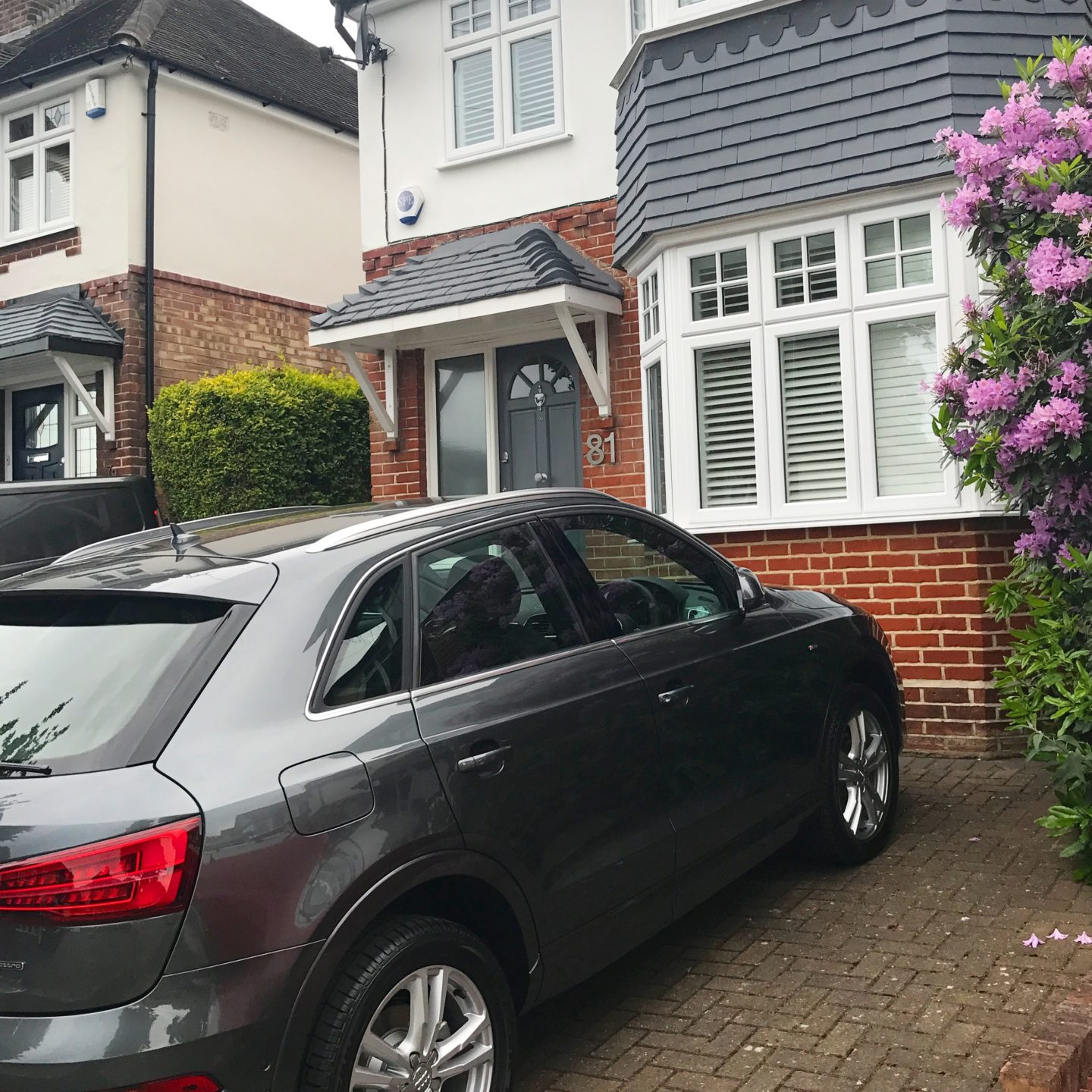
While some years ago electric cars may have seemed futuristic and unattainable, they are rapidly making their way into households across the UK. Whether it’s for environmental sustainability or efficiency considerations, electric cars offer numerous benefits including helping car owners to save money by cutting down on fuel costs. To enjoy these benefits however, there are key factors to consider well in advance.
Regardless of the electric vehicle (EV) model you’re thinking about purchasing, whether it is the KIA EV9 or any other, it’s crucial to prepare your home appropriately. But where do you start? Here’s a checklist to guide you.
Research the Requirements of Your EV
First, it is important to understand the specific requirements of your preferred EV. Different models have varied electrical demands, which could impact your home’s current electrical infrastructure. Check the vehicle’s technical specifications; typically, EVs require a 120-volt or 240-volt electrical outlet. Also, you will need to ascertain how the charging speed affects your driving needs based on the car’s mileage range.
Plan Your Home Charging Set-up
After gathering the necessary information about your car’s electrical demands, the next step is to plan your home charging set-up. Here are a few key points to consider:
Decide on the Location: Choose a convenient charging location, suitable for all-weather conditions, ideally your garage or driveway near a power source. It’s crucial to ensure easy access for your car to prevent any inconvenience while charging.
Select Your Charger: There are two types of chargers for electric vehicles: Level 1 and Level 2. Level 1 chargers use a standard 120-volt outlet and are generally slower, often suitable for overnight charging. Level 2 chargers require a 240-volt outlet (similar to that of a washing machine), offering a quicker charging speed. Based on your car and lifestyle requirements, decide the type that best suits your needs.
Verify Your Existing Electrical System’s Capacity
Before setting a charging point, it’s essential to assess your home’s existing electrical capacity to accommodate the new load. If your system isn’t equipped to handle the extra power demand, you may require an electrical system upgrade to prevent overloading circuits. An experienced and qualified electrician can guide you through this procedure and ensure all work complies with UK electrical regulations.
Apply for Government Grants
Luckily, the UK Government offers grants to assist with installing an electric charger at home which could offset up to 75% of the charger installation costs. The Electric Vehicle Homecharge Scheme (EVHS) is designed to encourage EV adoption by making the transition more affordable. It’s worth researching to see if you qualify for such financial incentives.
Commit to Green Energy
With an electric car, your home’s energy consumption will inevitably increase. To offset this, consider investing in a green energy provider. This environmental commitment can reduce your carbon footprint and can even lower your energy bills. You can also explore solar panel systems that can generate power to charge your electric vehicle.
Arrange for Insurance
Lastly, it’s crucial to include your EV charger in your home insurance policy. As the charger increases the value of your home, ensure it is appropriately insured in case of any unforeseen circumstances.
Conclusion
Transitioning to an electric vehicle requires careful planning and consideration, especially in preparing your home environment. The convenience and cost savings that come with owning an electric car are undeniably enticing. With the right preparation, the shift to electric motoring can be smooth, enabling you to reap the maximum benefits of this progressively mainstream mode of transport. As we head closer to the UK government’s 2030 target for all new cars to be electric or hybrid, more homes will be equipped to handle EV’s, edging us all towards a cleaner, greener future.
Post in collaboration